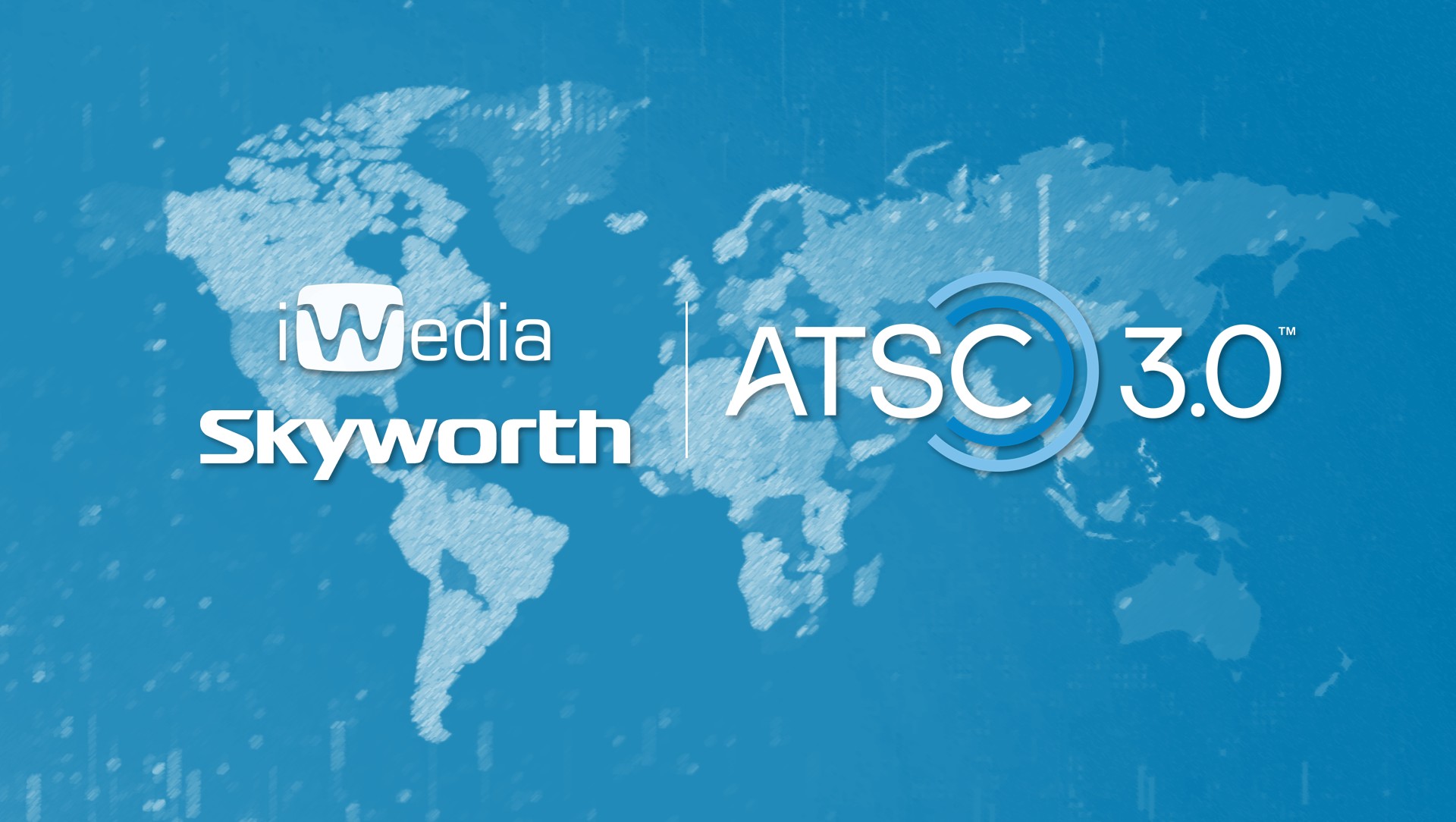Smart TV more critical than tablets for future TV revenue
Smart TVs with in-built Internet connectivity will be increasingly crucial routes to pay TV revenue and more important than tablets, according to research just published by content security vendor Irdeto from a “vox-pop” style survey conducted on the floor at IBC2013 in Amsterdam.
The survey found that 41 percent of broadcasting industry specialists believe smart TVs will be pivotal to the future strategies and revenue growth of pay TV operators, compared with 33 percent for tablets. This reflects a feeling that although tablets will play a key role, they will remain slightly more peripheral to the overall customer experience than the main screen TV, which will have Internet connectivity either in-built or via plug in CI (Common Interface) Plus modules.
“The trend research we conducted at IBC only underscores the increasing importance of compelling multi-screen services,” said Godert Burghard, VP Marketing at Irdeto. “Broadcasters and operators must move from the experimentation stage and focus on the multi-screen experience, as that’s what really drives revenue and loyalty.”
However, another survey from consultancy firm Deadline Media TV, covering the UK and Ireland, appeared to contradict Irdeto’s findings with a more downbeat assessment of smart TV growth prospects. The report, called "Connected Television in the UK and Ireland," suggested that for the next five years, connected TV would remain a complementary, incremental, platform for existing broadcasting and content owners. The report’s author, Roger Stanyard, agreed that TV will be the last of the great communications and media platforms to embrace the Internet, but argued that this process will take as long as two decades to complete.
The survey did though predict significant growth of connected TV related OTT services in the UK and Ireland, rising from £532 million ($850 million) in 2013, or about 4 percent of overall broadcasting revenues, to £1.6 million ($2.6 billion) in 2017.
“We also expect that at the end of the next two decades, most television content will be delivered to the consumer over Internet through a combination of live streaming media and VoD,” Stanyard said.
The disagreement between the two surveys is, therefore, over timing rather than the end game, with many observers coming somewhere in the middle, believing that TV distribution will be predominantly over the Internet within one decade, but not in the next five years.
The professional video industry's #1 source for news, trends and product and tech information. Sign up below.
There was a similar disconnect between the two surveys over the immediate cord cutting threat to traditional pay TV operators posed by OTT services, with the UK and Ireland report suggesting it is currently being exaggerated.
“We believe that pure play OTT TV is unlikely to result in significant cord cutting from mainstream pay TV platforms,” Stanyard said. “Nor does it offer a low pay TV option targeted at the 46 percent of households who do not subscribe to pay TV. In essence, it is a form of take it or leave it top up TV. We suspect that its primary market is as an alternative to physical disc rental or purchase, a market currently worth a healthy £1.5 billion a year.”
But Irdeto’s ad-hoc study at IBC2013 indicated considerable anxiety over the threat from new OTT entrants, cited as a concern by 53 percent of respondents, far more than the 20 percent who were worried about piracy.
